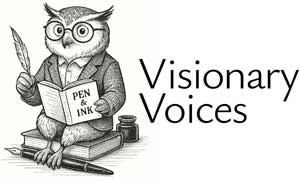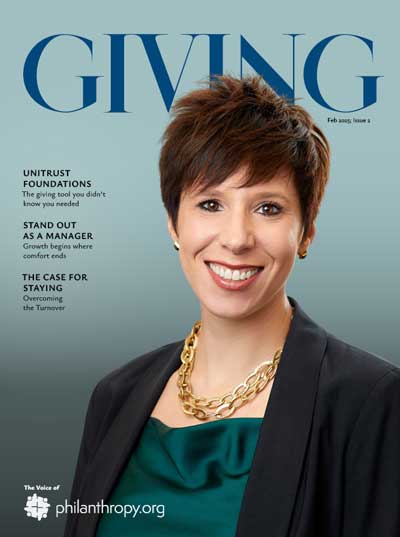In recent years, online will-making platforms have become increasingly popular — and for good reason. They offer convenience, accessibility, and legal compliance in a format that’s fast and user-friendly.
But while the legal structures behind these tools are fairly standardized, the philanthropic potential within estate planning is anything but.
And yet, it’s being left on the table.
The Problem With Transactional Estate Planning
The current wave of digital will tools has largely focused on the mechanics of estate planning — fill in your name, list your assets, assign beneficiaries, print or sign online. It’s a streamlined transaction.
For basic needs, that’s often enough. But for donors? For mission-driven individuals looking to make a meaningful impact beyond their lifetime?
It’s a missed opportunity.
Philanthropy is rarely transactional by nature. It’s deeply personal, values-driven, and emotional. Yet most online estate tools treat charitable giving as an afterthought — a checkbox labeled “Would you like to leave 5% to a nonprofit?”
This not only minimizes the significance of legacy giving — it also fails to engage donors in a meaningful way.
Philanthropy is rarely transactional — so why are most will tools?
Spencer Cassidy, CEO
LifeLegacy Tweet
Estate Planning as Donor Engagement
Some forward-thinking platforms are starting to shift this dynamic — treating estate planning not as the end of a conversation, but the beginning of a donor’s legacy journey.
One example is LegacyPlanner™, a tool developed specifically for the nonprofit sector. Rather than existing in isolation, LegacyPlanner™ integrates directly into an organization’s planned giving ecosystem (such as a planned giving website), making it a seamless part of a broader engagement strategy.
It’s not just about producing a legal document. It’s about educating donors on their options, guiding them through giving vehicles like charitable trusts or donor-advised funds, and reinforcing their connection to the mission.
The result? A more informed, inspired, and intentional donor — one who’s far more likely to leave a lasting gift.
Estate planning should be more than legal compliance. It should be donor empowerment.
Jonathan Gudema, Esq.
PlannedGiving.com Tweet
Why This Matters Now
The philanthropic landscape is shifting rapidly. Donor retention rates are declining. Fundraisers are stretched thin. And the next generation of donors expects more transparency, more engagement, and more personalization.
That means organizations can’t afford to treat estate planning as a passive, backend operation. It needs to be part of the experience — just like monthly giving, capital campaigns, or peer-to-peer fundraising.
Online will planners can play a central role in that shift, but only if they evolve beyond checklists and templates.
From Legal Form to Legacy Platform
What distinguishes the next generation of estate planning tools?
-
- Mission Integration
The best online estate planning tools don’t redirect users to generic legal portals. They live inside the nonprofit’s planned giving site, keeping the donor immersed in the cause they care about.
- Mission Integration
-
- Guided Discovery
Most donors aren’t familiar with charitable gift annuities, retained life estates, or charitable lead trusts. A good tool doesn’t just mention them — it explains, educates, and personalizes.
- Guided Discovery
-
- Ongoing Engagement
Estate planning is not a one-time event. Donors revisit and update their plans as life circumstances change. Tools that enable updates, reminders, and touchpoints help nonprofits stay connected over time.
- Ongoing Engagement
- Stewardship Built In
When a donor completes a bequest, that’s the beginning of a relationship — not the end. Platforms should make it easy for nonprofits to thank, steward, and maintain contact with their legacy donors.
Legacy tools must evolve beyond checklists and templates if we want to build lasting impact.
Joe Garecht, VP
MajorGifts.com Tweet
Looking Ahead: What Nonprofits Should Be Asking
As more nonprofits adopt digital tools to streamline operations, estate planning deserves a closer look. Not just in terms of legal compliance, but in terms of mission alignment and donor experience.
Some questions to ask:
-
- Does our current online will-making tool help or hinder long-term donor engagement?
-
- Are we using estate planning as a conversation starter — or a transaction closer?
-
- Is our planned giving website integrated with tools that educate and inspire?
-
- Can we offer donors more than a checkbox — and instead, a legacy path?
The tools exist. The opportunity is enormous. The question is: Will nonprofits seize it?
Philanthropy is changing. And so is the role of estate planning. Tools like LegacyPlanner™ aren’t just rethinking how wills are made — they’re rethinking how legacies are built.






